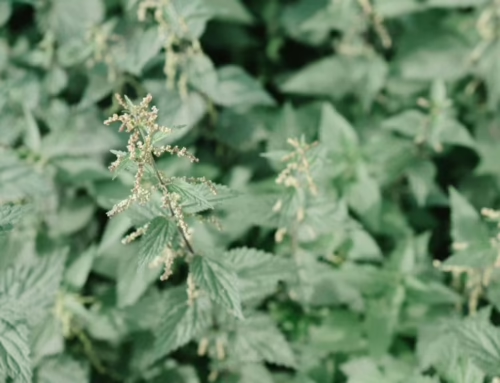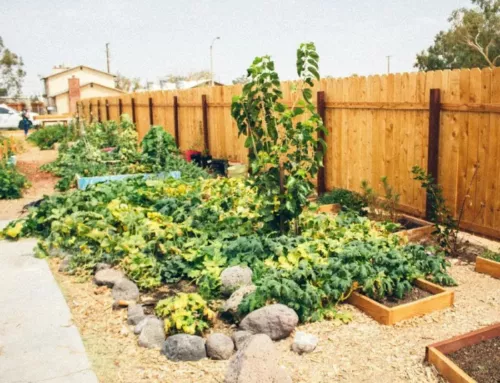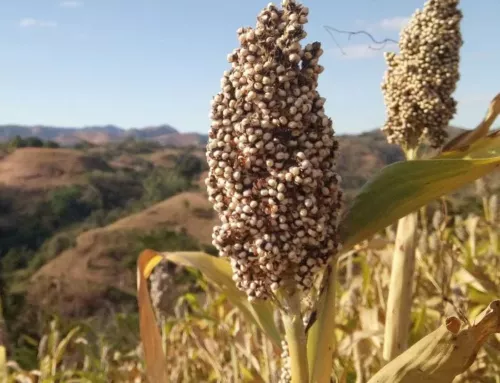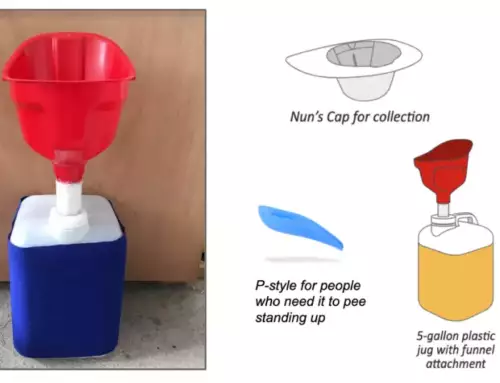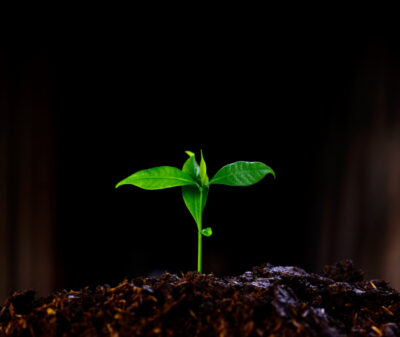 By Ruben Parrilla, NOFA/Mass Soil Technical Coordinator
By Ruben Parrilla, NOFA/Mass Soil Technical Coordinator
Plants, when considering their “diet”, are our counterpart foodies. They like to have a diverse range of nutrition choices depending on their stage of growth and the respective needs at every part of their life. And so, plants have evolved certain strategies to be able to pick and choose what they need based on their growth cycle and environmental conditions. As far as we understand, there are three strategies for nutrient uptake by plants: ionic exchange, microorganism relationships (mycorrhizal and bacterial), and the latest discovery–the rhizophagy cycle.
The ionic exchange is characterized by the production of positive ions through photosynthesis (hydrogen and hydroxides) by plants, specifically, through the plant’s roots in exchange for negatively charged colloids in the soil organic matter (SOM) of the soil profile.
Plant exudates (organic acids, amino acids, and sugars) are released into the soil and these exudates stimulate the soil food web. However, the primary organisms attracted to these chemicals are bacteria and fungi. Since nature likes to maintain balance, this in turn attracts prey from higher up the food chain–from protozoa to nematodes to microarthropods to earthworms and so on. This is part of the “poop loop”, or nutrient cycling. Bacteria and Fungi then respond to the plant’s specific needs and provide nutrition and protection from potential pathogens.
Lastly, there is the rhizophagy cycle, a fairly new discovery in plant science with large implications for our understanding of microbial functions. In simple terms, the rhizophagy cycle is the process of plant microbial uptake in which the plant absorbs both bacteria and fungi through the plant’s roots. Once absorbed, the bacteria and fungi cell walls are broken down and the nutrients are released into the plant. Once this process is complete, the bacteria and fungi are released back into the soil where they regrow their cell walls with the plant exudates.
From these methods of “consumption”, the microbial strategy is considered the primary pathway of nutritional uptake. It is safe to say, based on the length of time that plants have been on earth, human intervention is a new phenomenon, as plants did not evolve with human-managed fertilizer applications.
If we can all agree that these microbial communities are the drivers in the ecosystem, more exploration and a better understanding of these functions can help us become better growers.
It is important to note, however, that we are in the beginning stages of this exploratory work. But we do have a rudimentary understanding of the soil food web and its functions. Here is a list of soil microbial and food web functions, based on the work of Dr. Elaine Ingham, PhD:
- Cycling nutrients in rocks, sand, silt, clay, organic matter into plant-available forms.
- Retaining nutrients in soil so leaching losses and erosion do not occur.
- Protecting all surfaces of plants from disease, pests, and parasite attack. If a plant is dying, it is because the proper biology was not present to prevent an attack.
- Decomposing toxic chemicals that would otherwise kill plants; converting waste into plant-beneficial materials.
- Converting dead plant residues into well-structured, well aggregated organic matter allowing the free movement of atmospheric gasses, water, and roots through the soil.
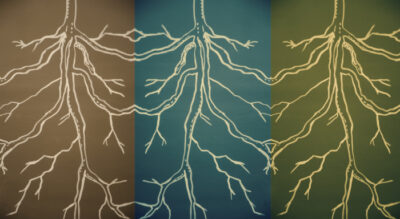 This work indicates that with the proper biology in balance we can have a healthy thriving system. To achieve this however, we must seek cultivation and management practices that foster the micro and macro fauna. Indigenous, natural farming and regenerative practices are having a resurgence as more of this exploratory work on microbial communities is being disseminated and agricultural inputs are becoming more cost prohibitive.
This work indicates that with the proper biology in balance we can have a healthy thriving system. To achieve this however, we must seek cultivation and management practices that foster the micro and macro fauna. Indigenous, natural farming and regenerative practices are having a resurgence as more of this exploratory work on microbial communities is being disseminated and agricultural inputs are becoming more cost prohibitive.
While biology is very important, management practices that regenerate the land are equally important to achieving a healthy thriving system. The following are some ways we can all do our part to co-manage soil with nature.
Let’s start with the soil parent materials, or soil mineral profile. From past studies that evaluated mineral profiles collected from around the world, and compared to mineral profiles needed for proper plant function, we can determine that all minerals needed for proper plant growth are already present in our soils. (However, a proper soil test may indicate the contrary, so remineralization is necessary in many cases. This should be done with care and ideally with minerals that are in the grower’s region.) To reiterate, a soil chemistry sample is always preferred in order to avoid adding excess minerals, as this would be detrimental to the ecology of the soil and water.
We have already discussed the importance of biology, but in a few words we can say that testing to see what your soil lacks is a good first step to improving soil health, followed by the application of such. Amendments can come in many forms, such as inoculants, compost, and compost teas, to name a few. Similar to the sourcing of minerals, it is extremely important to obtain biology that is native to your area. Native microorganisms have coevolved to their ecoregion for a very long time, and bringing in microbes from other geographical locations may have no effects, or even detrimental ones, on soil health, so it’s best to keep it local by creating your own microbial inputs. This is similar to how introducing a non-native plant or insect can damage a native ecosystem by leading to population imbalances between, and competition with, native plant species. The same competition and imbalances can occur on a microbial level, but we may be less aware of them happening because we don’t see them with the naked eye.
Increasing SOM is key to keeping soil alive. A few ways to increase SOM is to have healthy plants in your soil, photosynthesizing. The best choice of plants depends on what you are trying to accomplish while managing your cultivation area, but a good rule of thumb to follow is to increase diversity. The larger the diversity in an area, the more diverse a set of compounds are sent down into the roots. Plants are at the highest trophic level in the soil food web and expend much of their energy producing exudates to feed soil microorganisms. This means having plant cover not only functions as a way to feed microbes, but also increases the SOM in the soil. Cover also captures carbon and reduces the effects of the Fenton Reaction, which is the process of soil carbon loss through oxidation process. Another way to keep the soil covered is to use mulch. However, not all mulch is the same, and it should be applied based on your context and what is available locally to you. When applying mulch, make sure you are not creating matted layers that could limit aeration in the soil.
One more strategy one can adopt is to reduce tillage. My colleague Christine Manuck, NOFA/Mass Soil Health Projects Manager, will have an article published in the Summer 2022 issue of The Natural Farmer discussing the effects of tillage reduction on soil health. In her article “Transitioning Agriculture from a Carbon Emitter to a Carbon Sink through Tillage Management”, she discusses that changes in soil carbon sequestration in response to tillage reduction may take time, and that the effects may not be immediately apparent. However, strategies including solarization, occultation, interseeding for weed control, board crimping, and cover cropping, were found to help farmers reduce tillage over the duration of a three-year project.
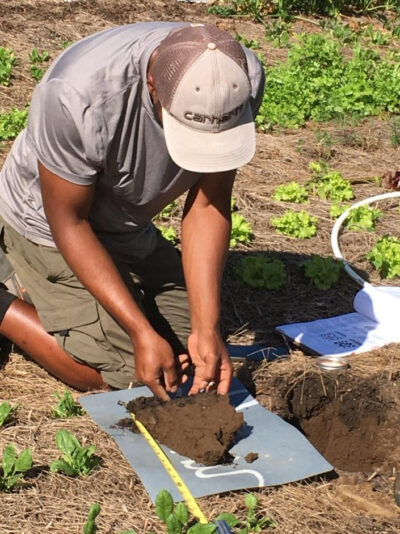
Ruben Parilla, NOFA/Mass Soil Tech Coordinator, evaluating soil aggregation at Assawaga Farm (CT). Photo credit: Monique Bosch
As Christine discusses in her article, “soil has the capacity to absorb a significant quantity of carbon, and is most able to do so when farmers understand and implement carbon-sequestering reduced tillage practices. Agriculture has the capacity to absorb more CO2 than it produces, with the potential to sequester between 25 and 60 tons of carbon per acre. Achieving this potential would offset over 35% of global anthropogenic greenhouse gas emissions. By focusing on improving soil quality and putting carbon back into the soil, farming for carbon sequestration can benefit both crops and the environment. When soil is exposed to the air, such as through tilling, carbon molecules in the soil are released into the atmosphere. Tillage reduction is a key way to keep carbon in the soil, helping agriculture to transition from a carbon source to a carbon sink.”
While these are not hard-and-fast rules, they are proven methods that work. However, one must make decisions based on context and proper monitoring for the management practices listed above.
One way that NOFA/Mass is helping growers improve soil health is by using Dr. Ingham’s microscopy techniques to evaluate the trophic levels of the soil food web in local soil samples. This process involves analyzing soil, compost, vermicompost, compost teas and extracts by direct microscopy to provide the grower with information on the presence and biomass of specific microbial communities and a fungal-to-bacteria ratio. The information gained from this analysis can help growers foster microbial communities and understand the relationship between inputs and amendments in soil food web communities. It is especially valuable to those looking to understand the makeup of their homemade inputs such as teas, extracts and natural farming amendments/inputs, in addition to providing real time data that inform management practices.
To fully evaluate your soil health and condition, NOFA/Mass recommends performing regular chemical, biological, and physical soil health assessments. The soil technical services team at NOFA/Mass offers a suite of testing services to help you maximize your soil’s full potential and help your crops thrive.

